Do Expensive Wedges Make a Difference? Not for Everyone!
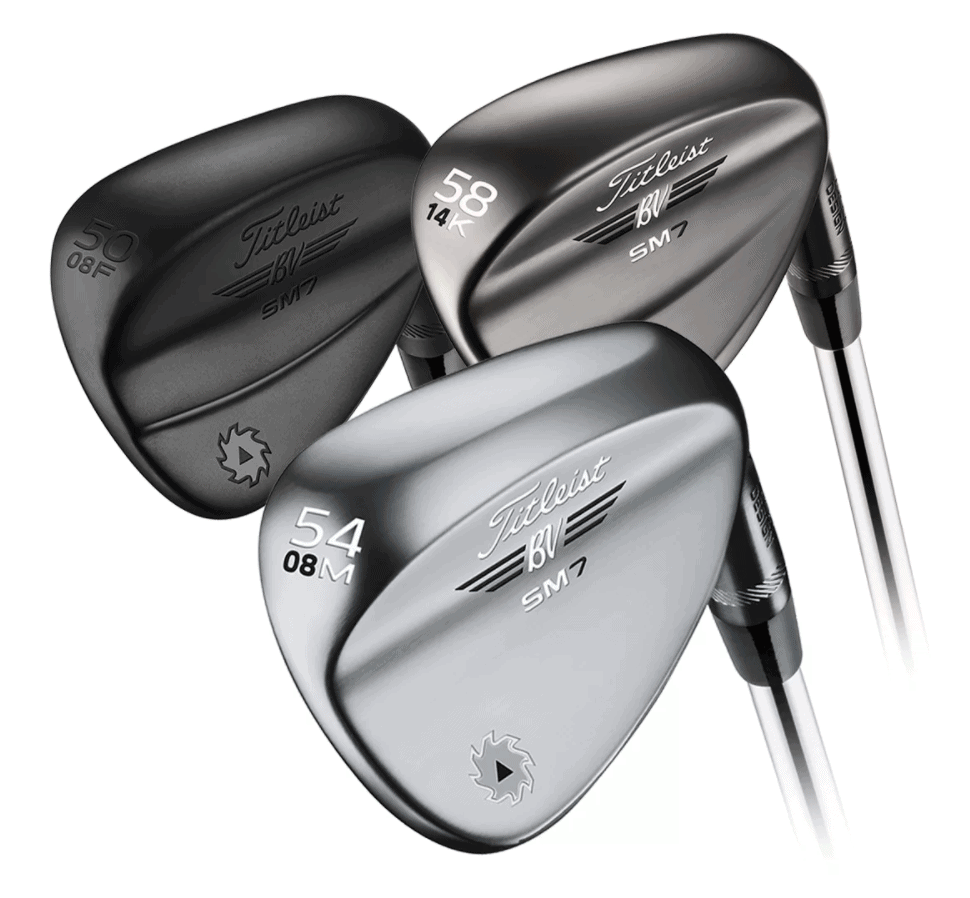
When it comes to buying a new wedge there are many cheap and expensive options out there but all that matters at the end of day is that you get something that will get the job done for you and help you to dial in those crucial scoring shots from 100 yards in.
However many golfers are still left wondering whether it’s only the expensive set of wedges that will deliver those spin rates and grip that they see the best players get when hitting short shots into the green.
More expensive wedges can make a difference in terms of performance. Pricier wedges are made with better materials and deliver better contact, spin, and distance control. A cheap wedge will also start to show wear and tear more quickly especially when used in conditions that accelerate groove wear.
But this does not mean a cheap wedge is not a good option for many golfers, especially for beginners and high handicappers, and there is no question that many cheap wedges are well designed, deliver good spin rates and are good value for money.
Experienced and better golfers by comparison typically know what wedges work best for them and therefore tend to seek more expensive wedges of higher quality although even good players are often surprised by the results cheap wedges can deliver.
[If you are interested in a wedge upgrade you can check out the best wedges according to Golf.com, Golf Digest and Today’s Golfer at the PGA Superstore now.
- Titleist Vokey Design SM9
- Callaway Jaws MD5
- Taylor Made Milled Grind 3.0
- Cleveland CBX2
- Cleveland RTX Zipcore
- Ping Glide 4.0
- Mizuno T22]
Cheap Wedges vs. Expensive Wedges
When it comes to the question of whether cheap or expensive wedges are the answer for your game it often comes down to the simple points of how often you play and how well you know your own game.
The more you play and use your wedges the more you will understand which wedges will work best for you in terms of performance and comfort and in different conditions.
This typically corresponds to what standard of player you are as better players are more likely to play more often and therefore have a better understanding of which wedges deliver the type of strike, flight, distance and spin that they are looking for.
New and higher handicap golfers by comparison often won’t see or feel the difference, and therefore gain the benefits from paying more for a wedge, as they are still learning how best to improve.
That does not mean however that golfers who choose a cheaper wedge option are always giving up a lot as the differences between cheap and expensive wedges are sometimes not that significant and certainly not big enough to justify the often very significant difference in price tag especially to the casual player.
In a recent exercise for example Golf Monthly took a cheap wedge, an Inesis and the much more expensive Callaway Jaws MD5 and tested and compared them to one another.
The tables below detail the results they found for both a full 100 yard shot and shorter 50 yard pitch:

When it came to the 100 yard full wedge shot the differences which were found between the cheap Inesis wedge retailing at around approximately $40 (£30) and the Callaway Jaws MD5 costing over $140 (£100) more was very small.
And indeed the tester noted that after a few test rounds both wedges were not very far from each other in terms of performance.
The amount of spin generated with the shorter 50-yard shots was more noticeable but again the tester noted that it was a close race and that therefore good results can be delivered with a much cheaper wedge.
The factor which arguably makes the bigger impact however when it comes to cheaper vs. more expensive wedges is that they are unlikely to deliver the same levels of performance consistently over a longer period and therefore are simply unlikely to last as long as a more expensive wedge played with a comparable amount.
Analysis of the company accounts of two of the biggest golf manufacturers – Callaway (who make the Jaws MD5) and Acushnet (whose main brands include Titleist, Footjoy and Scotty Cameron) highlights that 33.3% of the price of a golf club relates to the cost of the materials and manufacturing process.

Just as with any other product therefore one made with better quality materials is much more likely to last longer and that is therefore something to bear in mind when it comes to comparing cheap vs. expensive wedges.
Indeed in the Golf Monthly test the tester noted the Inesis wedge already showed increased signs of wear and tear over the course of the experiment he ran.
And given how versatile wedges are, how frequently they are practiced with, and the number of shots they can be used for in all sorts of conditions – for example in deep rough, off cart paths, or gravel – it is likely your wedges will wear out faster than any of the other clubs you carry anyway so this durability point alone may prove to be deciding factor for you when it comes to deciding which wedge to chose.
If you are an experienced good player who knows their game well it probably doesn’t make a lot of sense to buy a cheaper wedge in the knowledge that although potentially fine to start with it will start to wear more quickly and affect the quality of your wedge shots in that all important 100 yards in scoring zone.
For me though when it comes to comparing cheap vs. expensive wedges it all really comes to down to how much golf you plan to play and your current playing standard.
If you are out playing all the time and desperate to get better you will probably want to consider buying a more expensive wedge which will give you better performance over a longer period of time.
If you are new to the game though, just like to golf for fun or are still playing off a high handicap it’s unlikely you are going to notice the difference between cheap and expensive wedges and as we’ve already seen an inexpensive wedge can still deliver very good results in terms of performance.
Pro tip: Testing by the Titleist Vokey R&D team found that a new wedge can generate up to 2000RPM more than one which has played 125 rounds. So if your wedges are more than 3 years old it’s worth inspecting to see if the grooves are wearing down and starting to affect the amount of spin and control you are getting with your wedge shots.
Are Used Wedges Worth it?
If you are looking at a new wedge and considering whether a cheap wedge will be fine or whether it’s worth spending a bit more on a more expensive on you may also be thinking about used wedges and if they are a good option to look at.
Used wedges are worth buying if you are new to golf as beginners are not skilled enough to notice the benefits of new wedges. Regular golfers should be wary of used wedges as given their versatility they are prone to more wear and tear than other clubs leading to a reduction in performance over time.
Does that mean buying a used wedge is never an option for regular or better players? Of course it doesn’t as of course it is impossible to have a general rule for something which has so many variables.
If someone for example has used their recently purchased Titleist Vokey SM8 56 degree sand wedge only a dozen or so times, then decided they don’t actually like it and now just want to be rid of it for half the price they paid for it clearly that is likely to be a great deal for an almost brand new wedge.
The important thing to bear in mind when it comes to used wedges though is just by virtue of being used it will not deliver as good a performance as it once did and the more it is used on different surfaces and in different conditions the more its performance will have degraded.
All wedge grooves wear out over time and this has a direct impact on the spin performance of any used wedge.
Testing by the Titleist Vokey Research & Development team for example found that a new wedge can generate up to 2000 RPM more than a wedge that had been played with in 125 rounds.
In addition to the normal wear and tear caused by regular practice and play, wedges are frequently used in conditions, including driving ranges, which lead to gradual groove wear and wedges therefore are known to wear out faster than any of the other clubs golfers carry.
PGA Tour pros for example replace their wedges at least a few times a season simply for this reason.
While it’s easy for a tour pro however to just pop into the nearest equipment truck and grab a new wedge for free when they start to notice a dip in performance of their current wedges life is not so simple for us mere amateurs.

So is there anything in particular we can look for in a used wedge to see if it’s worth considering in preference to a brand new one?
A user wedge’s performance is best measured by short shots of 50 yards in wet conditions. If there is no check or spin on the ball when playing these shots that can be a sign the grooves are worn. Your fingernail should also get stuck in each groove when you run it down it and not simply slide over.
This ‘fingernail test’ of the grooves of used wedges is recommended by Tim Briand of TrueSpecGolf – the custom club specialist annually ranked by Golf Digest, GOLF Magazine & GOLF.com as an elite fitter – who when talking to Golf.com also says golfers should pay attention to where a used wedge has been played with.
If it’s been used to hit a bunch of practice shots on a sandy based range with golf balls which are often wet and never cleaned its grooves will have worn down much faster than if it had been used on more forgiving facilities with clean golf balls.
The grooves of raw wedges are also known to wear slightly faster than more standard chrome-plated wedges.
So if you are considering a used wedge there are many factors to bear in mind which may lead you to the conclusion that it’s not worth taking a chance on it.
Bear in mind also that a used wedge may have been bought by a player with different requirements to your own game.
Their are dozens and dozens of bounce and grind options on specilaist wedges today each of which are designed to suit different standards of golfer with different swings in different conditions.
For example players who have a steep ‘angle of attack’ coming into the ball with their swing and take big deep divots will likely benefit from higher bounce wedges.
Golfers meanwhile who sweep the ball off the turf with a shallower angle of attack and sometimes don’t even take a divot at all will typically find lower bounce wedges more useful.
So even if a used wedge may pass all the groove and condition tests we noted above its setup may simply be unsuited to your own game.
Other great articles related to this topic:
- How Far Should You Hit Your Wedges? Be Sure to Fill the Gaps!
- Should All Your Wedges be the Same? Focus on Gaps & Variety
- Should Your Wedges Match Your Irons? Consistency is Key
- What Wedges Do the Pros Use? Top 100 PGA Tour Player Analysis (2021)
- What are the Best Wedges for Spin? You Need to Get Into the Grooves
RECENT ARTICLES
LEGAL INFORMATION
This site is owned and operated by Golfing Focus Limited, a private limited company whose registered office is in London, UK. Golfing Focus Limited is a participant in the Amazon Services LLC Associates Program, an affiliate advertising program designed to provide a means for sites to earn advertising fees (at no cost to you) by linking to Amazon.com. Golfing Focus Limited also participates in other affiliate programs with the eBay Partner Network, FlexOffers, CJ.com, Svorn and other sites and is compensated for referring traffic and business to these companies (again at no cost to you).
Our Socials


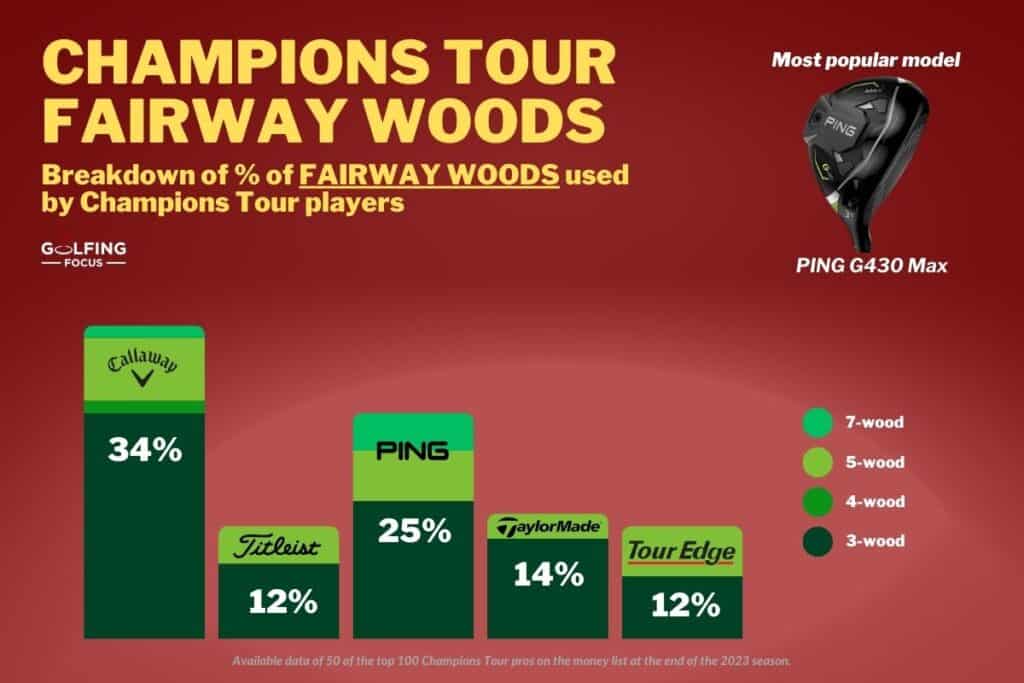
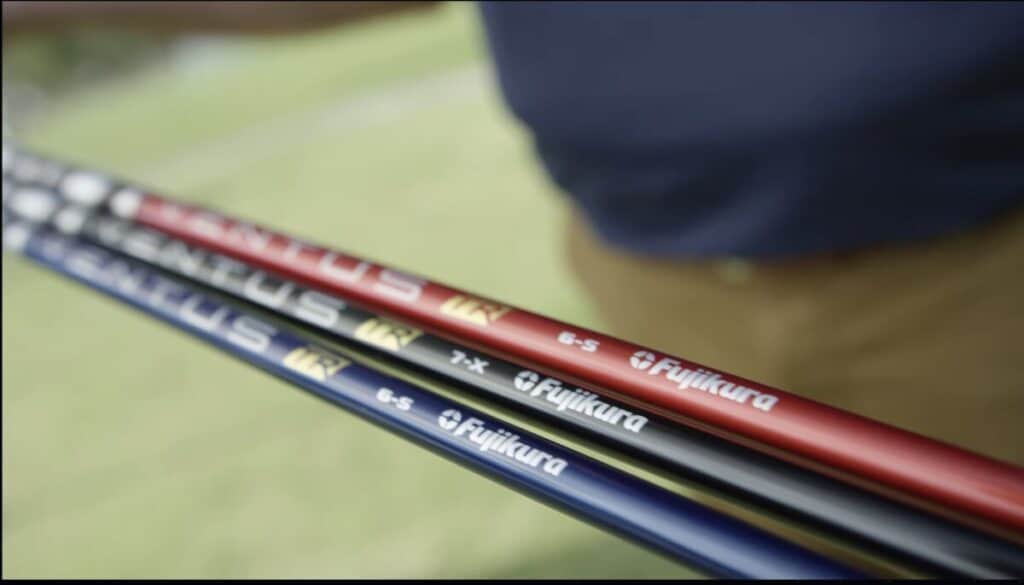
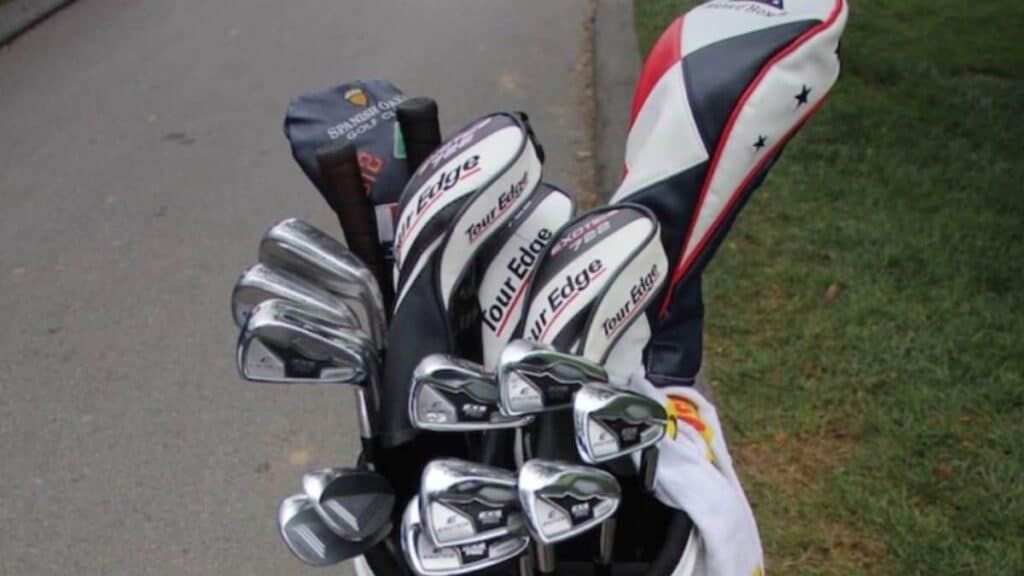
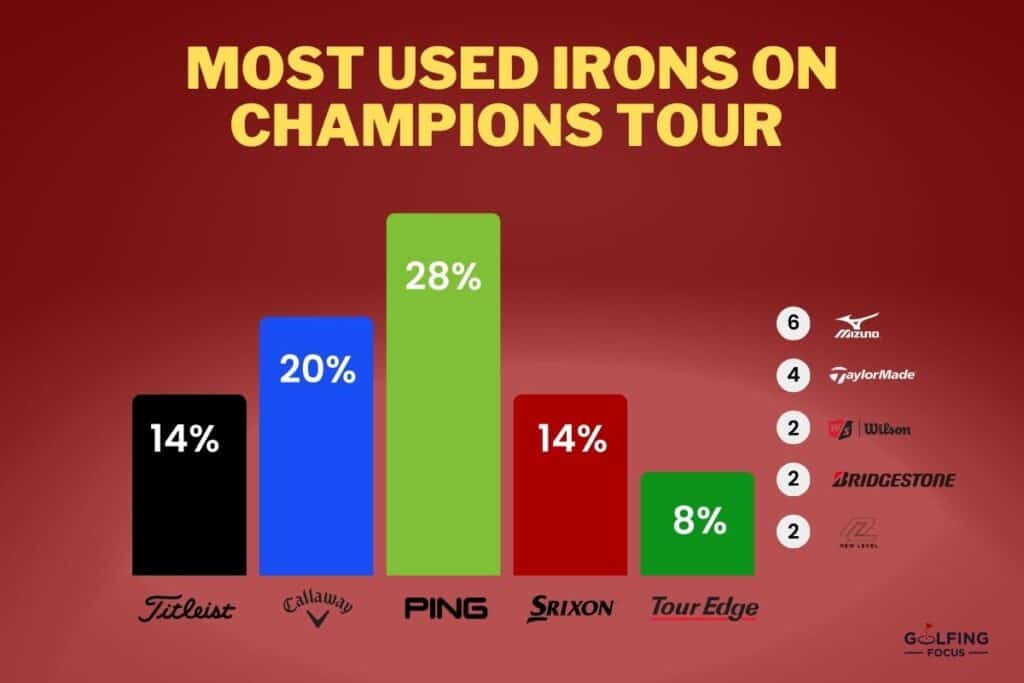

Leave a Reply